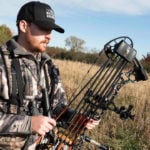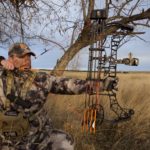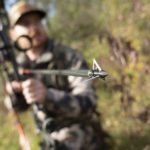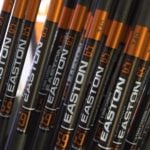A peep sight is a simple part of one’s bow setup, yet its importance is often overlooked. The purpose of a peep sight is to properly align the bow’s front sight, in the same way that a rear sight is used to align the front sight bead on a rifle.
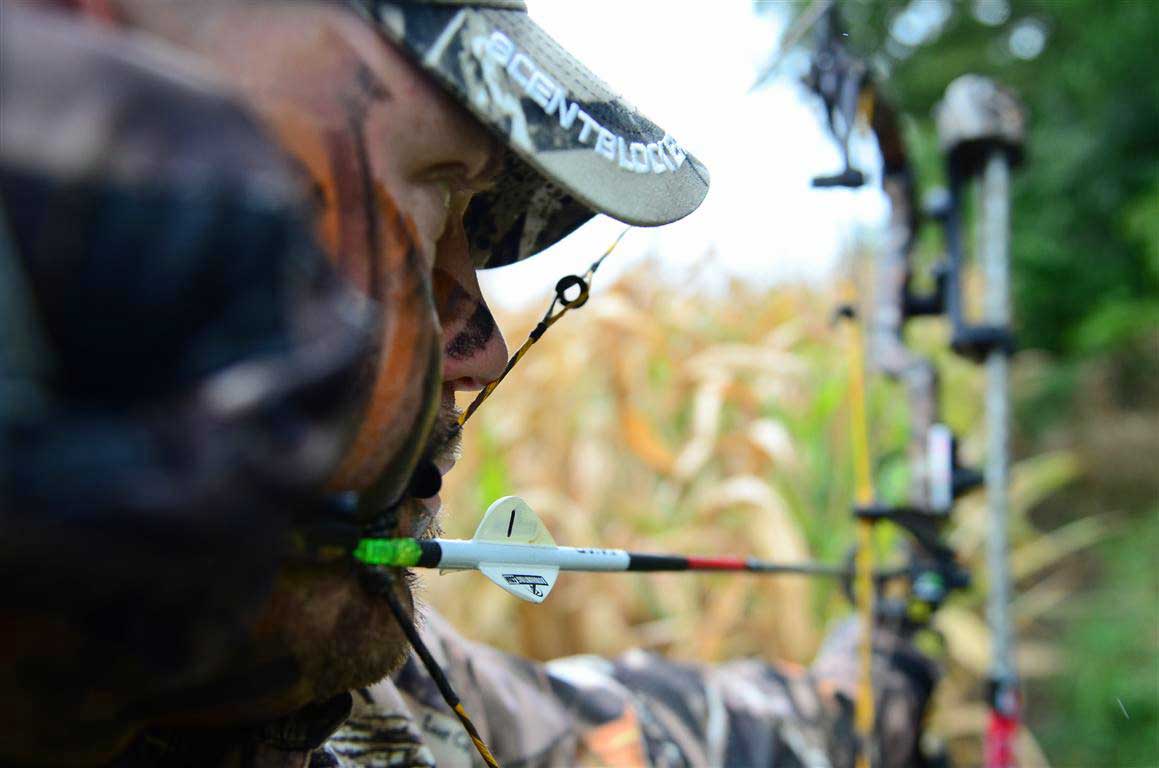
Without this alignment the front sight on a bow isn’t guaranteed to be accurate.
For example, a shooter may place the bow’s sight pin on the bullseye of a target, but the rear of the bow may be low, causing the alignment to be off and the arrow to miss high.
When the peep sight is used to align the front sight on a bow, the shooter is ensuring that their alignment is correct, and that consistency can be achieved, shot after shot.
Lorem ipsum dolor sit amet, consectetur
Peep sights come in various sizes, and are measured by the peep’s internal diameter. From 1/32” on the small end, to ¼” on the large end, various sizes are offered to meet user preferences and also to match different diameter front sight housings.
The most common peep sights have a fixed internal diameter, but there are some new designs on that market that allow the user to adjust the peep’s inner diameter with interchangeable inserts.
Smaller peeps are more precise and are often used by target archers, whereas larger peep sights are typically used by hunters that are looking for more field of view and better visibility in low-light conditions. – The most commonly used peep sight sizes for bow hunters are 3/16″ and 1/4″.
There are two primary techniques that are used to align a peep sight with a bow’s front sight. The first method is to center the bow’s sight pin in the center of the peep sight.
In this case, a shooter with a multiple-pin sight would center their 20, 30, or 40-yard pin in the center of the peep sight, depending on which sight pin they were using. The second method is to align the bow’s entire sight housing within the peep sight’s field of view, regardless of which sight pin the shooter may be using.
This technique works especially well when the peep sight is selected to match the size of the sight housing, but keep in mind that there is no exact formula for determining a peep size for a given sight housing size, because the geometry of the shooter’s anchor point, draw length, and other factors will determine the distance between the peep sight and the bow sight’s housing.
Other variations in peep sight designs include tubed and tubeless varieties. Peep sights with tubes have been used to ensure that the peep sight rotated to the correct position every time when the bow was drawn back.
This consistency in rotation is achieved at full draw because tension on the peep’s tube would “pull” the peep into position.
However, as bow string materials have become stronger and more stable, peep sights have become less susceptible to variances in rotation, and the need for tension has diminished, so tubeless peep sights have become increasingly popular.
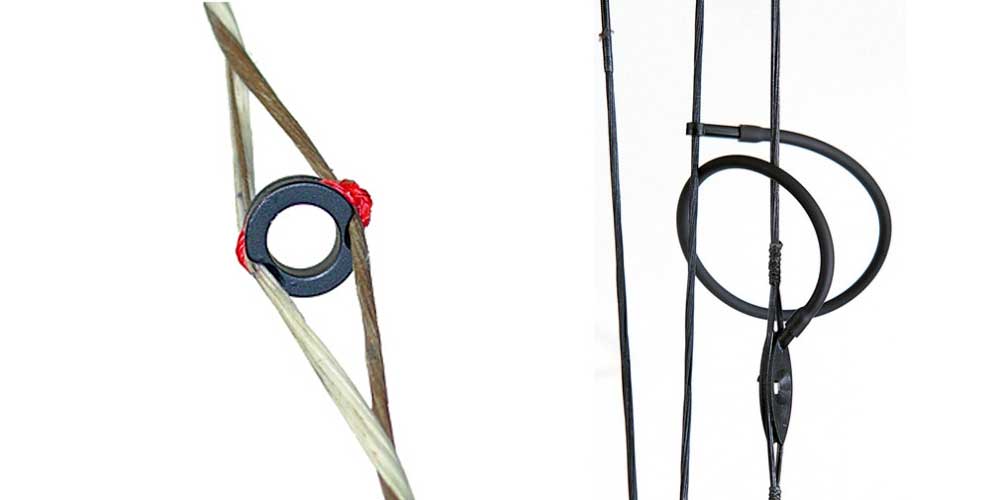
Finally, it is worthwhile to note that several products have been developed to eliminate the need for peep sights, while still providing archers with the constancy that is need to make accurate shots.
These products still use some sort of device to properly align the bow’s front sight but seek to eliminate the potential downsides of using a string-based peep sight. Most of these products mount to the bow’s riser and provide some sort of crosshair or alignment system to ensure you are in the same anchor point every time.

 By
By 